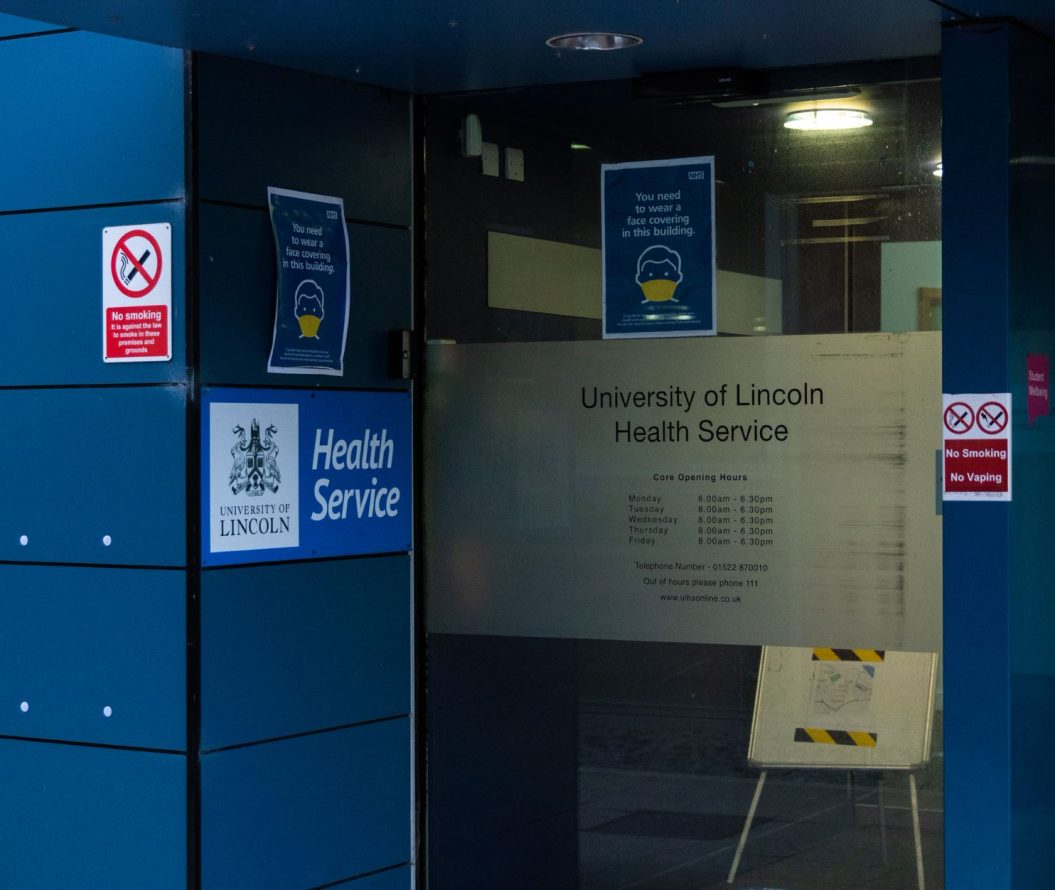
Post-traumatic stress disorder (PTSD) is a psychiatric disorder that affects 3% of males and 5% of females in the UK, that is a proximately 3-2 million people who are affected by this disorder1. The purpose of this article is to raise awareness of the effects of PTSD on individuals with the disorder and to encourage people to get medial help if they show any of the symptoms. This article will first consider what PTSD is, when does it occur, the symptoms, and finally treatment.
What is PTSD, who can it affect?
PTSD is a pervasive anxiety disorder, this disorder is one that people may develop in response to one or more traumatic events, such as deliberate acts of interpersonal violence, experiencing a severe accidents or disaster. Whether somebody gets PTSD will depend on their subjective reaction to the traumatic event as well as on the objective facts. This means that children and even those who have not been directly affected can experience PTSD.
Symptoms and damages of PTSD
The most common symptoms of PTSD are those that force the victim to re-experience aspects of the traumatic events, this could be done by detailed or vivid dreams, flashbacks, repetitive and distressing intrusive images or sensory impressions of the event. Sufferers of PTSD often try to push memories of the events out of their mind or they avoid thinking or talking about them in detail.2 A 1998 study by Emma Dunmore3 suggested that another common effect of PTSD is its ability to disturb the cognitive functioning of the brain. As a result of this disturbance an individual will either: show detachment (shutting off thoughts and emotions) or metal confusion (inability to focus on important aspects of what is happening). It is this cognitive factor that has a significant effect on the individual’s social (inability to maintain relationships), education and occupational functioning(which is an inability to concentrate). This results in many sufferers of PTSD to lose their jobs or have hard time maintaing them 4due to concentration problem.
A study by Kathleen Brady stated that, due to how vulnerable individual caring the disorder are, they are more prone to developing other psychiatric disorders. This means that it is very hard to determine wither a person has PTSD or is just suffering from multiple psychiatric disorders.
Treatment
One of the treatments for PTSD is therapy. The main goal of therapy is to improve the symptoms, teach skills to deal with the condition, and to restore the self-esteem of the individual. In essence, the underling goal with this treatment is to change the thought patter of the individual in order to see positive improvements.
In conclusion, PTSD is hard to treat due to how easily it can blend in with other disorders. If you are experiencing any of the symptoms suggested above or if someone you know is, it s important that medical intervention be applied either for yourself or you friend




